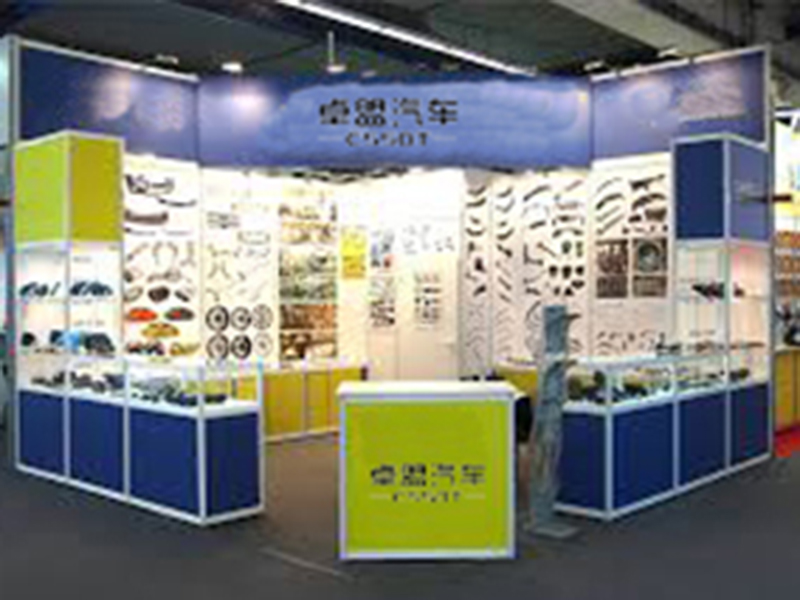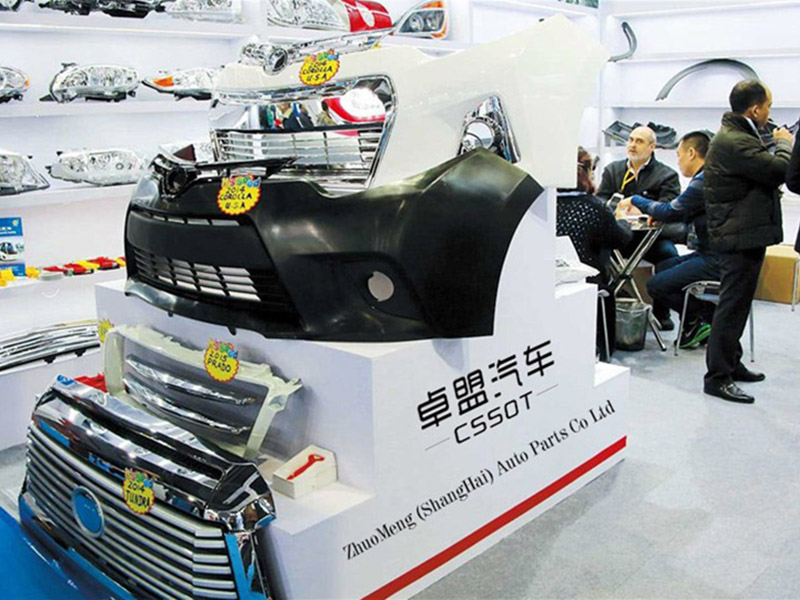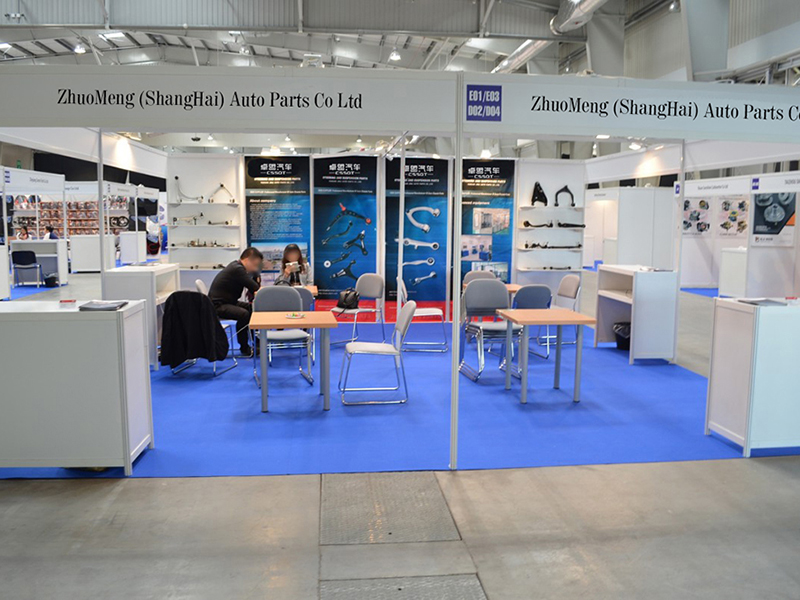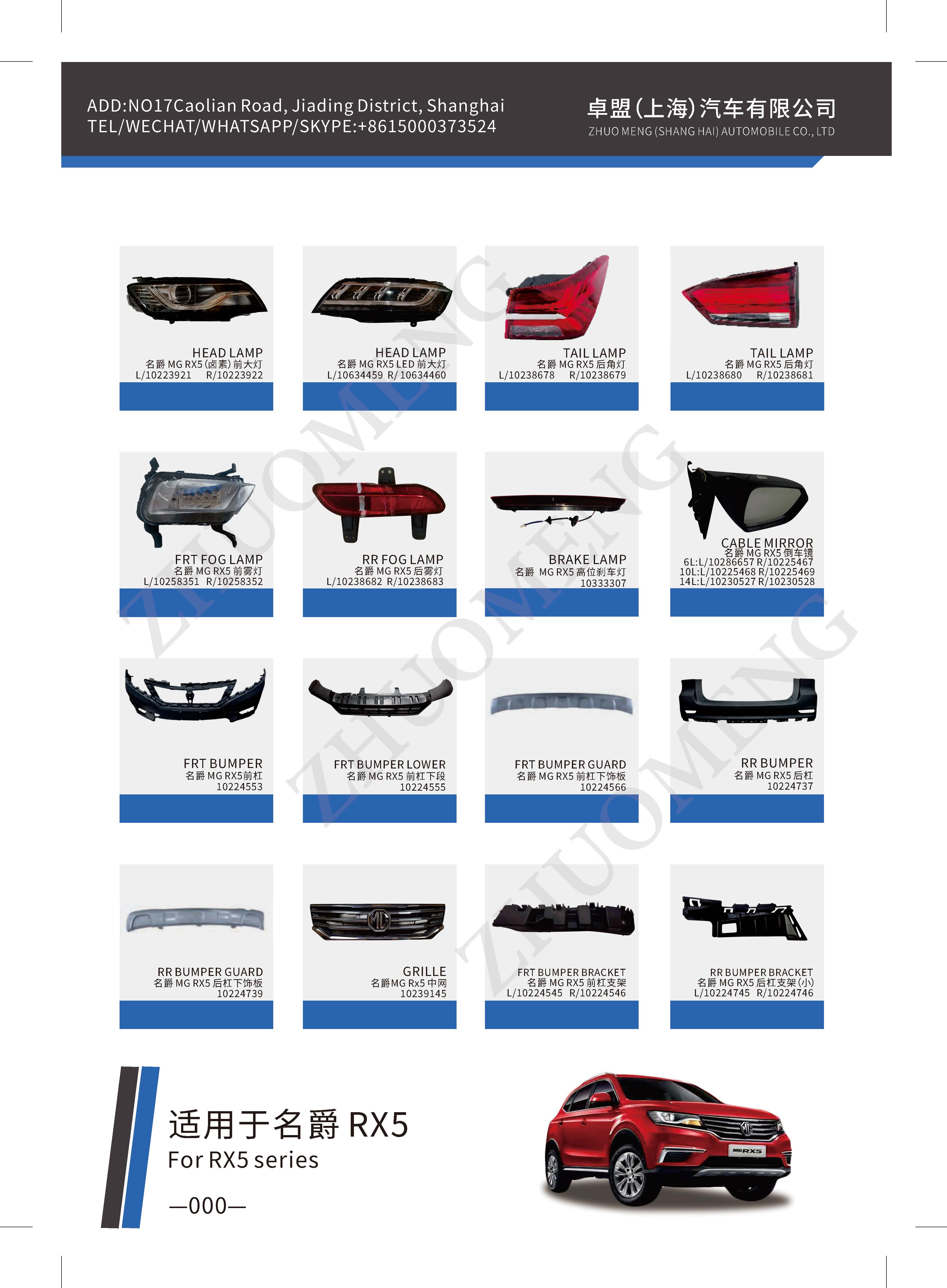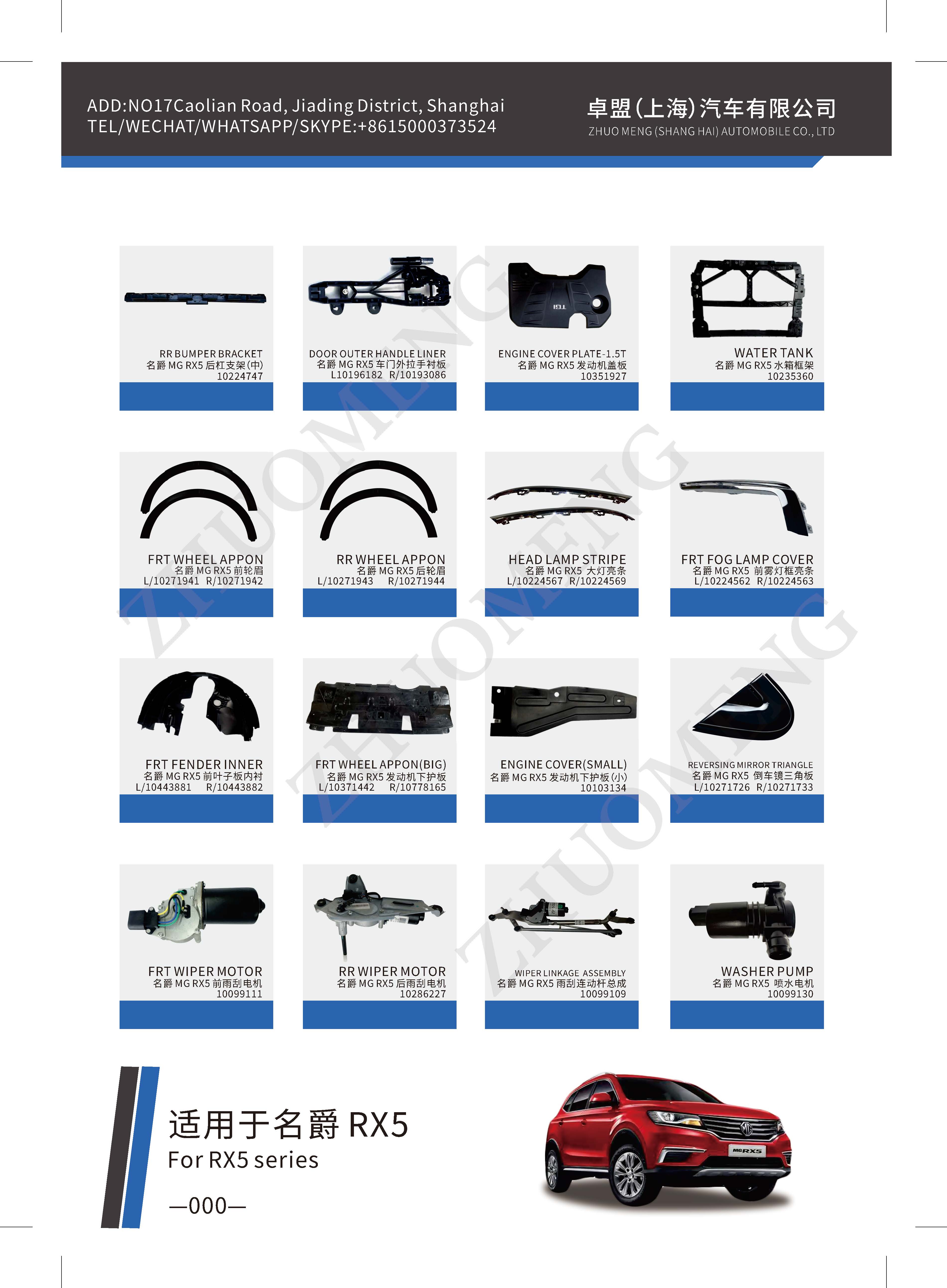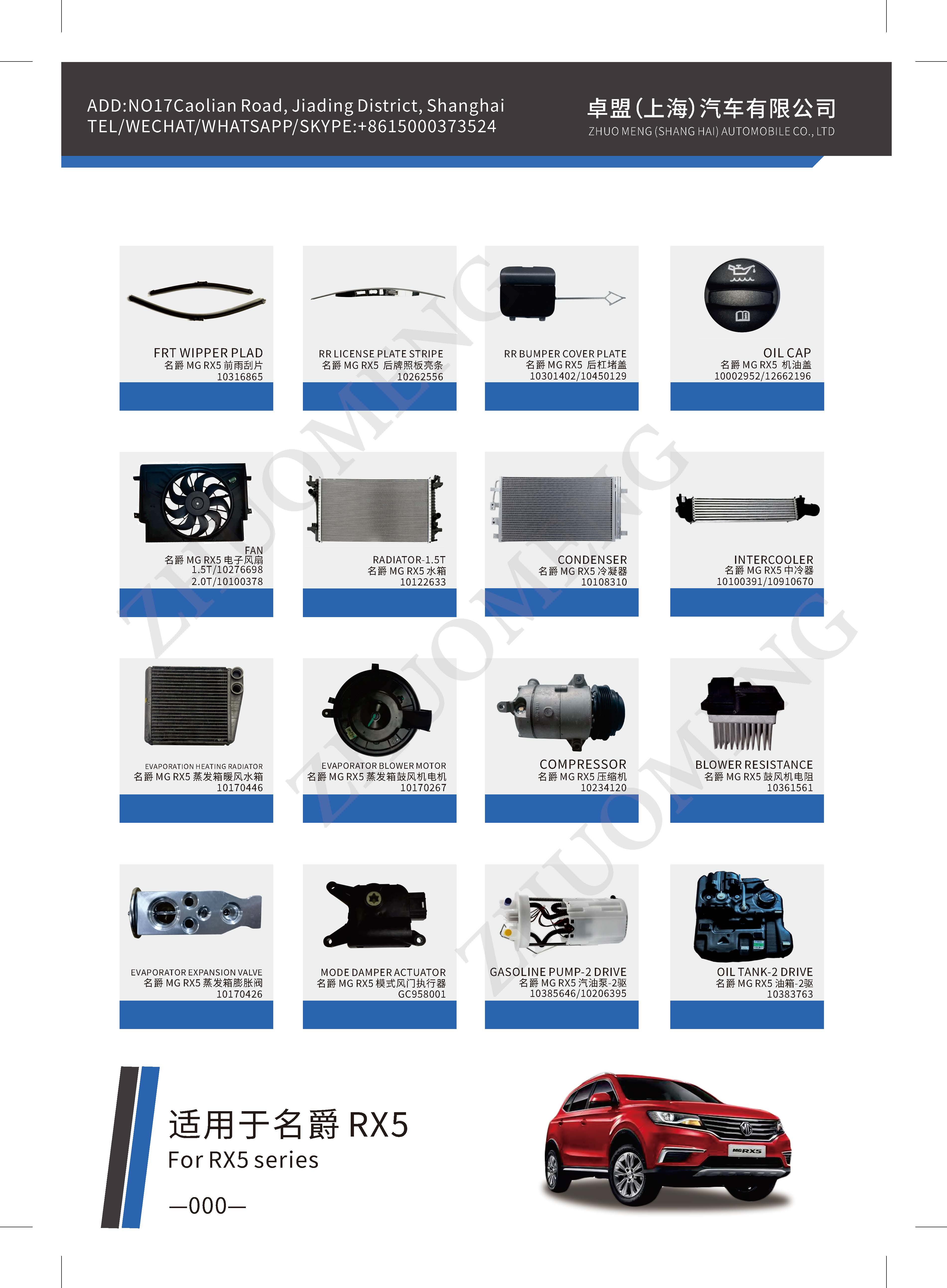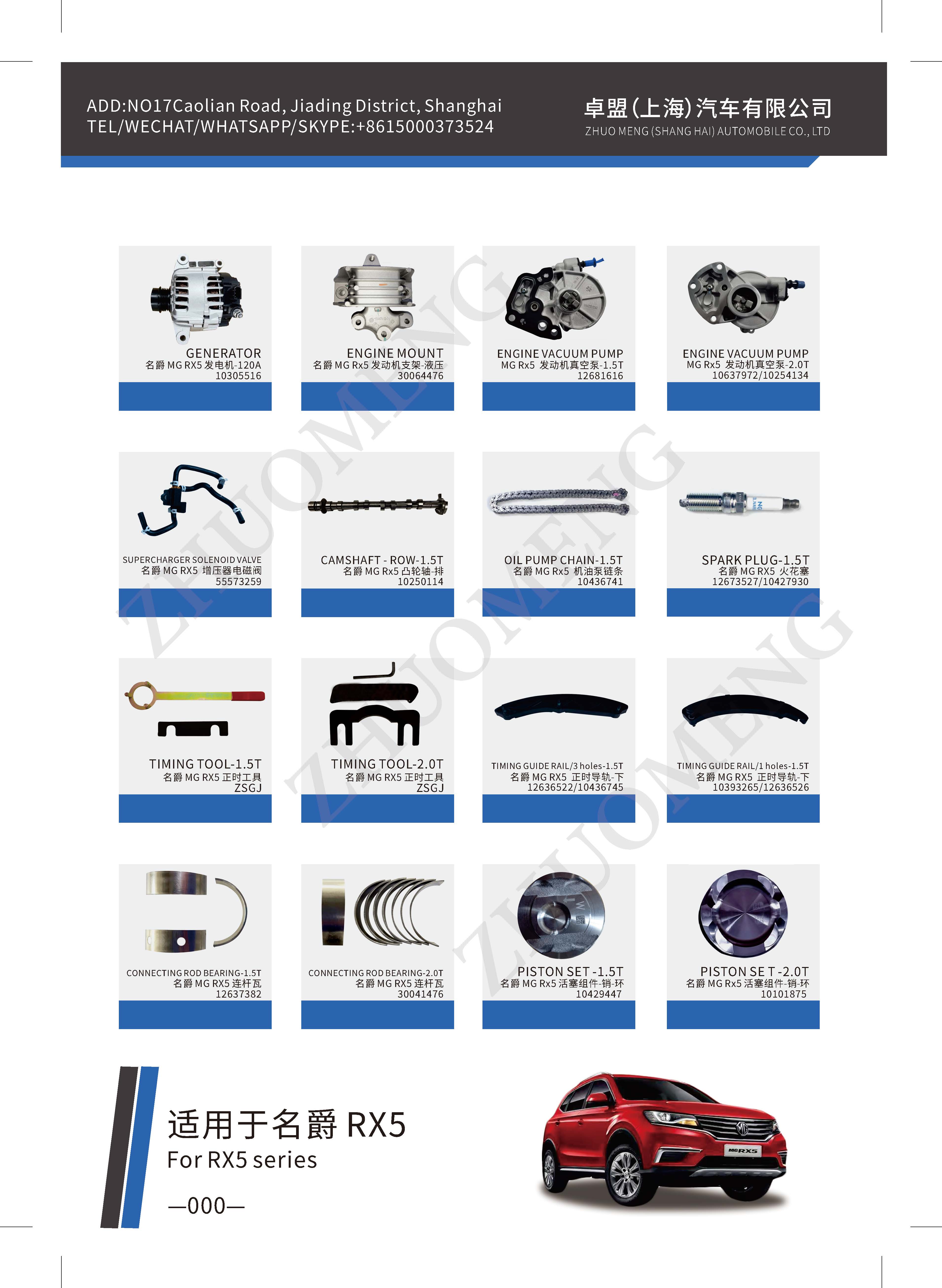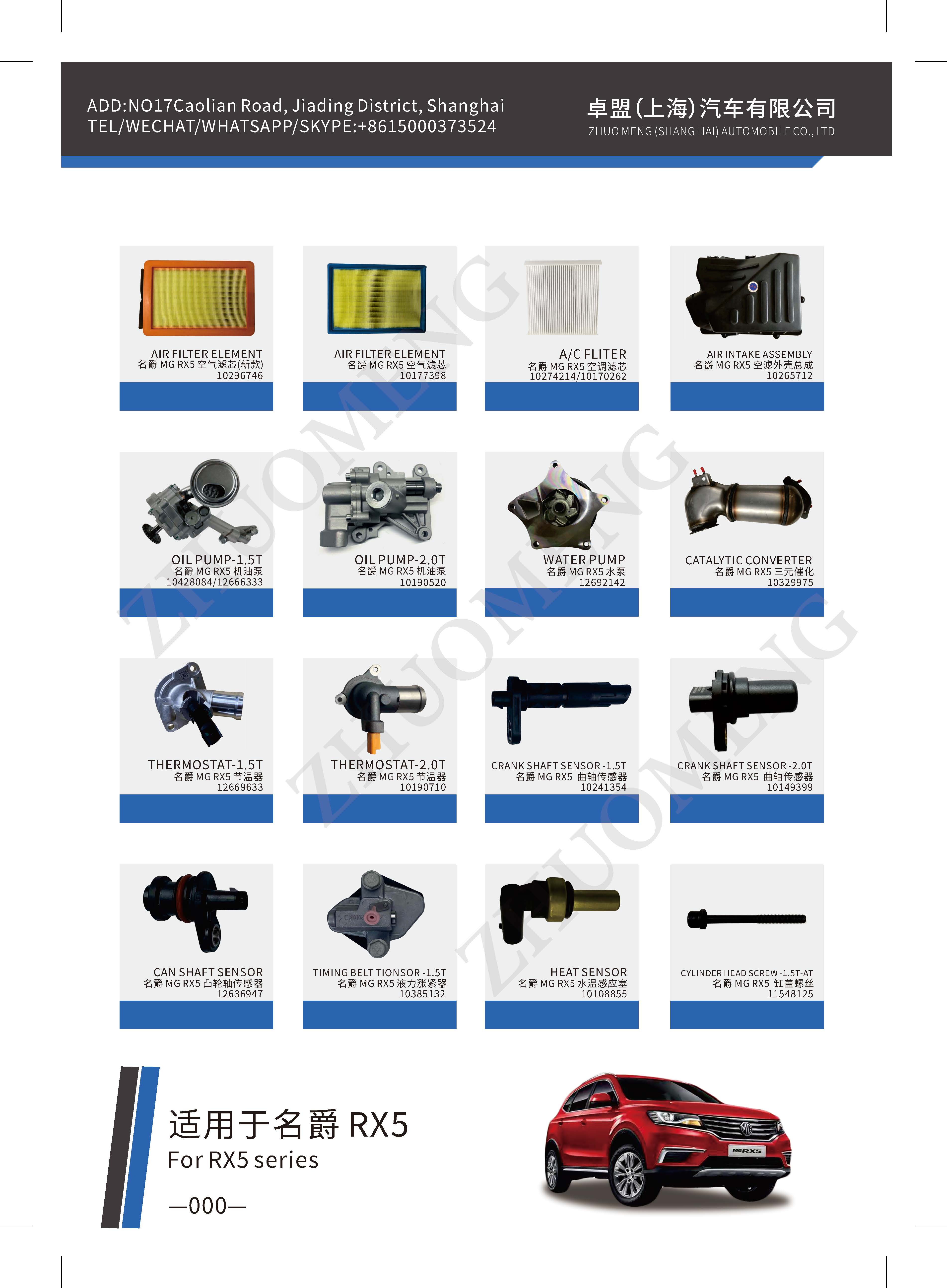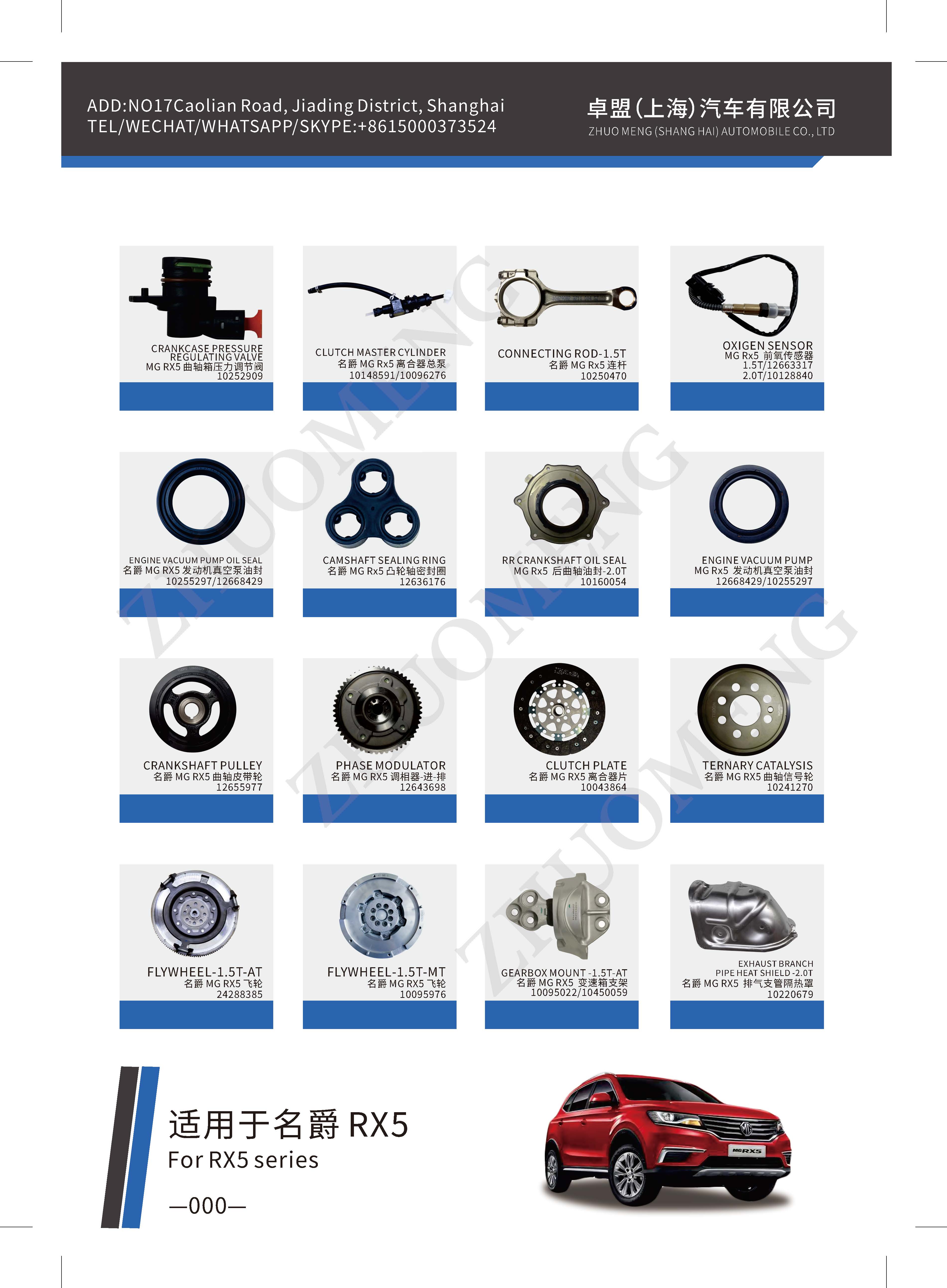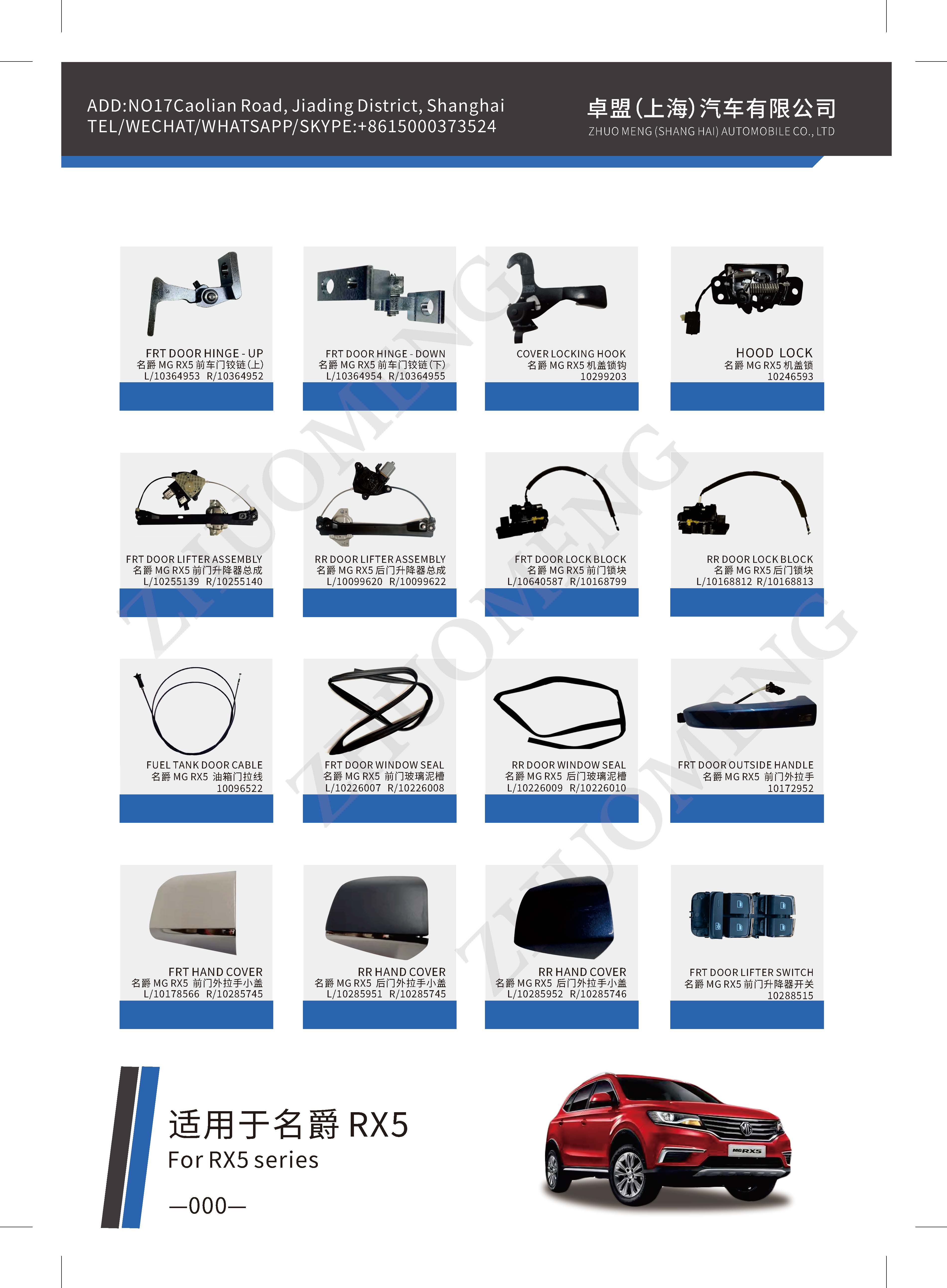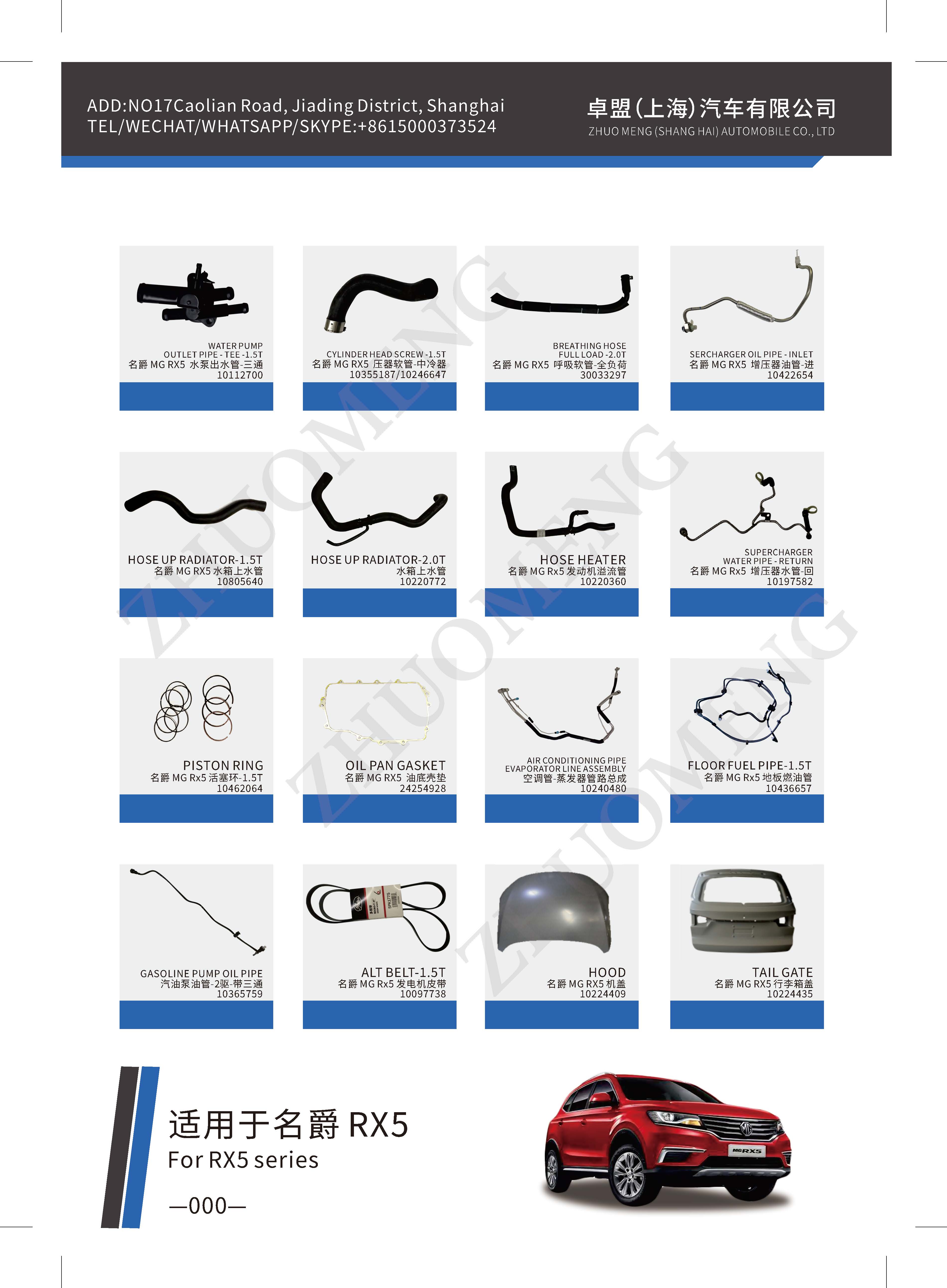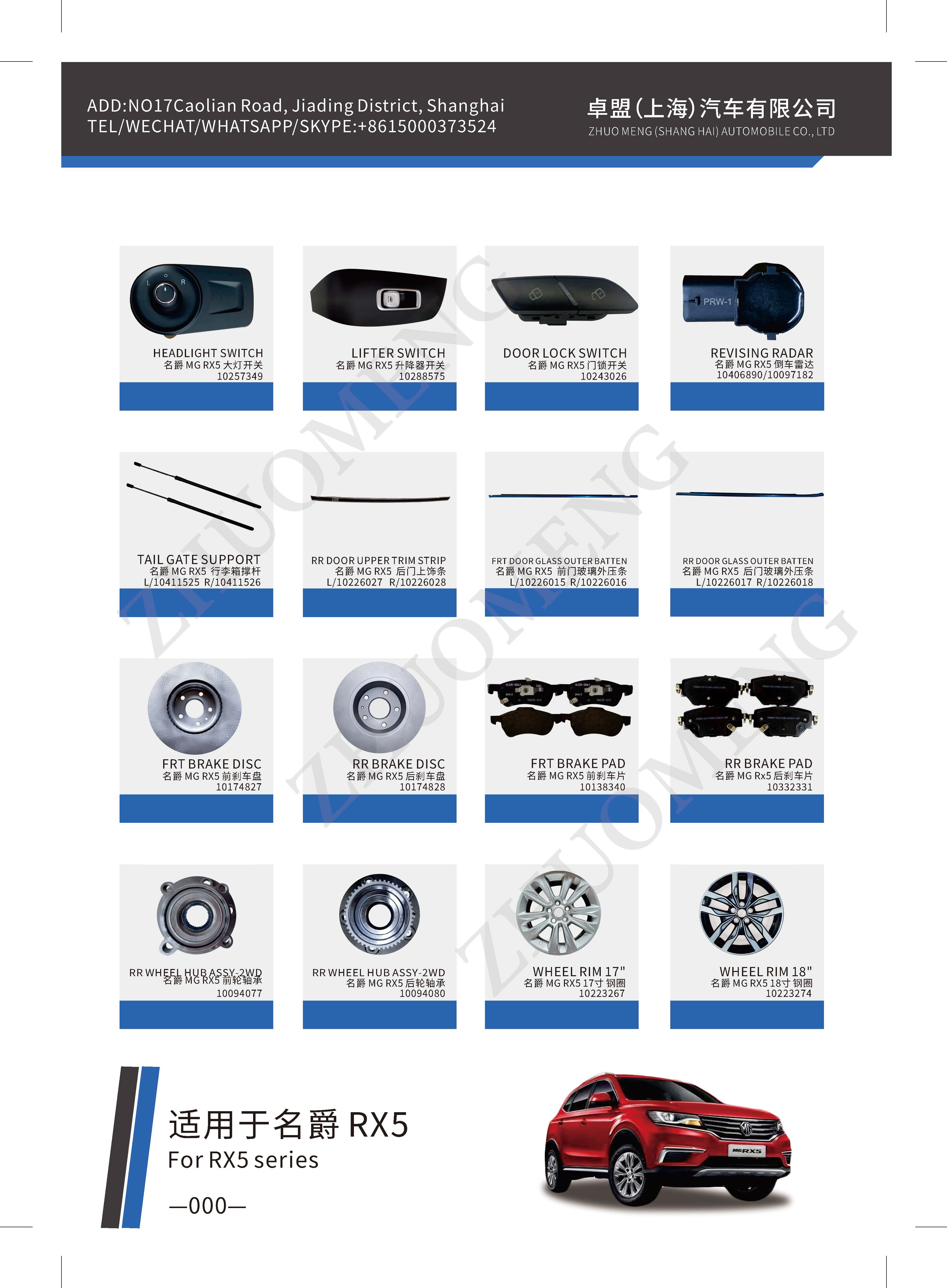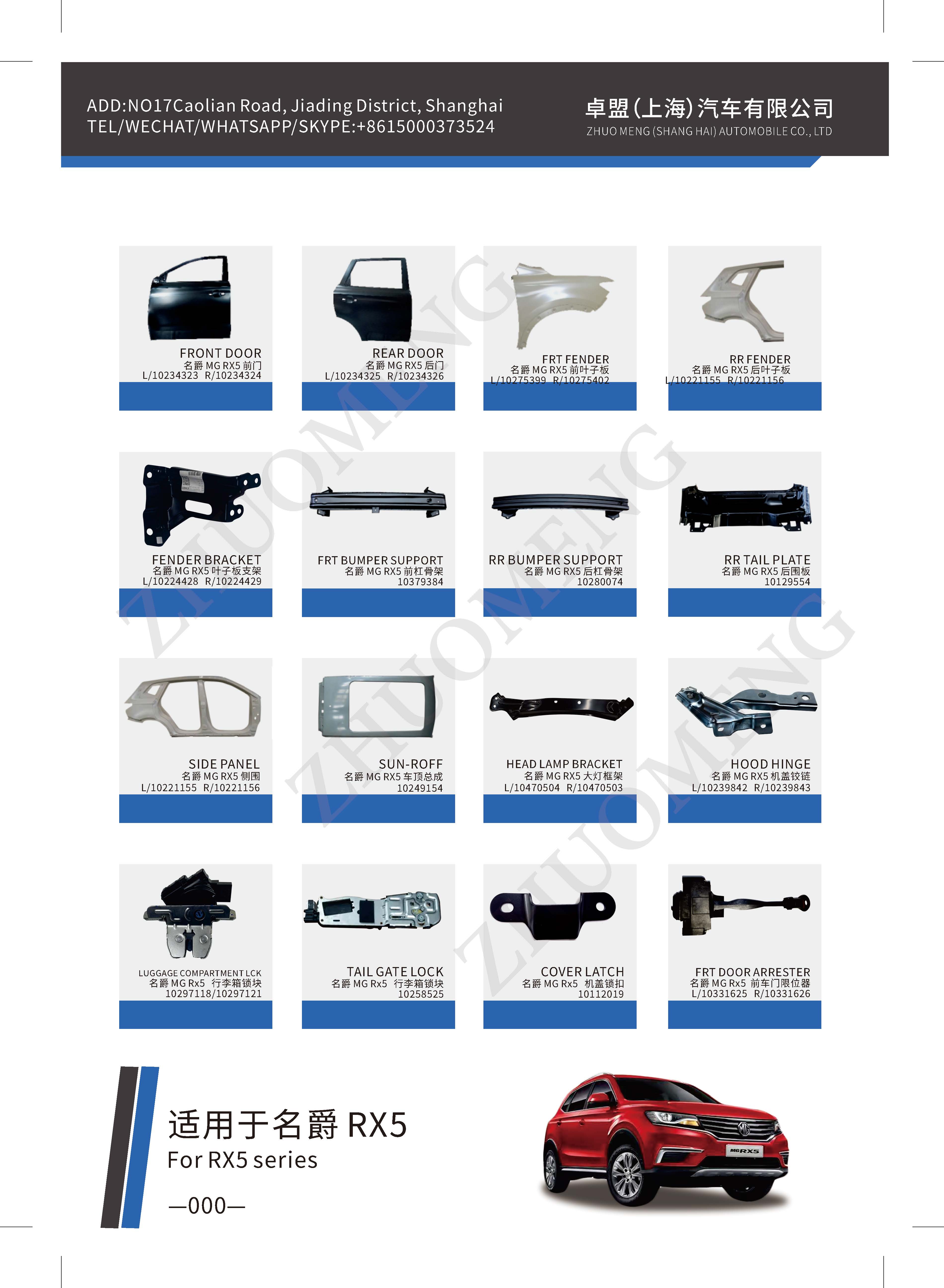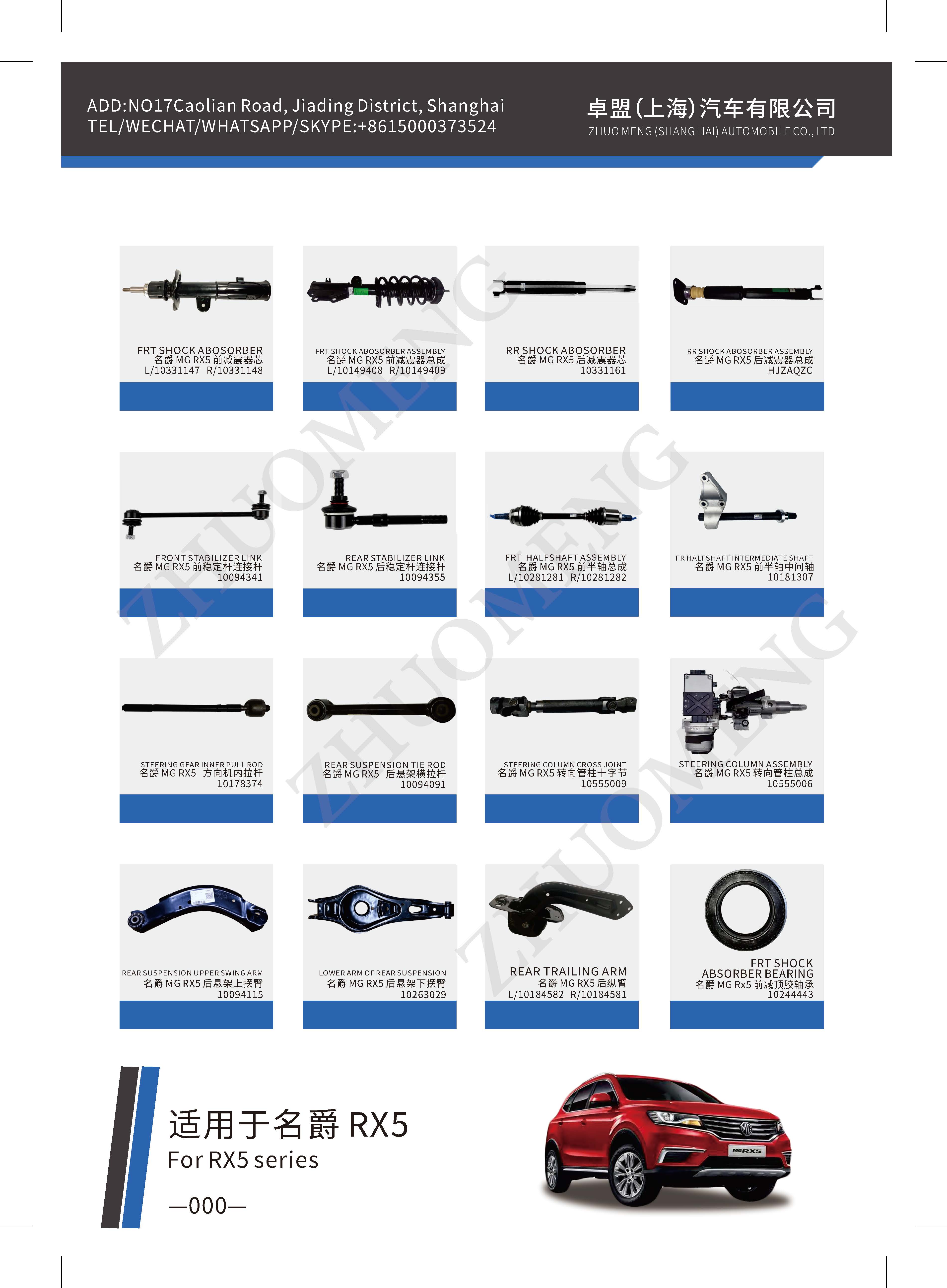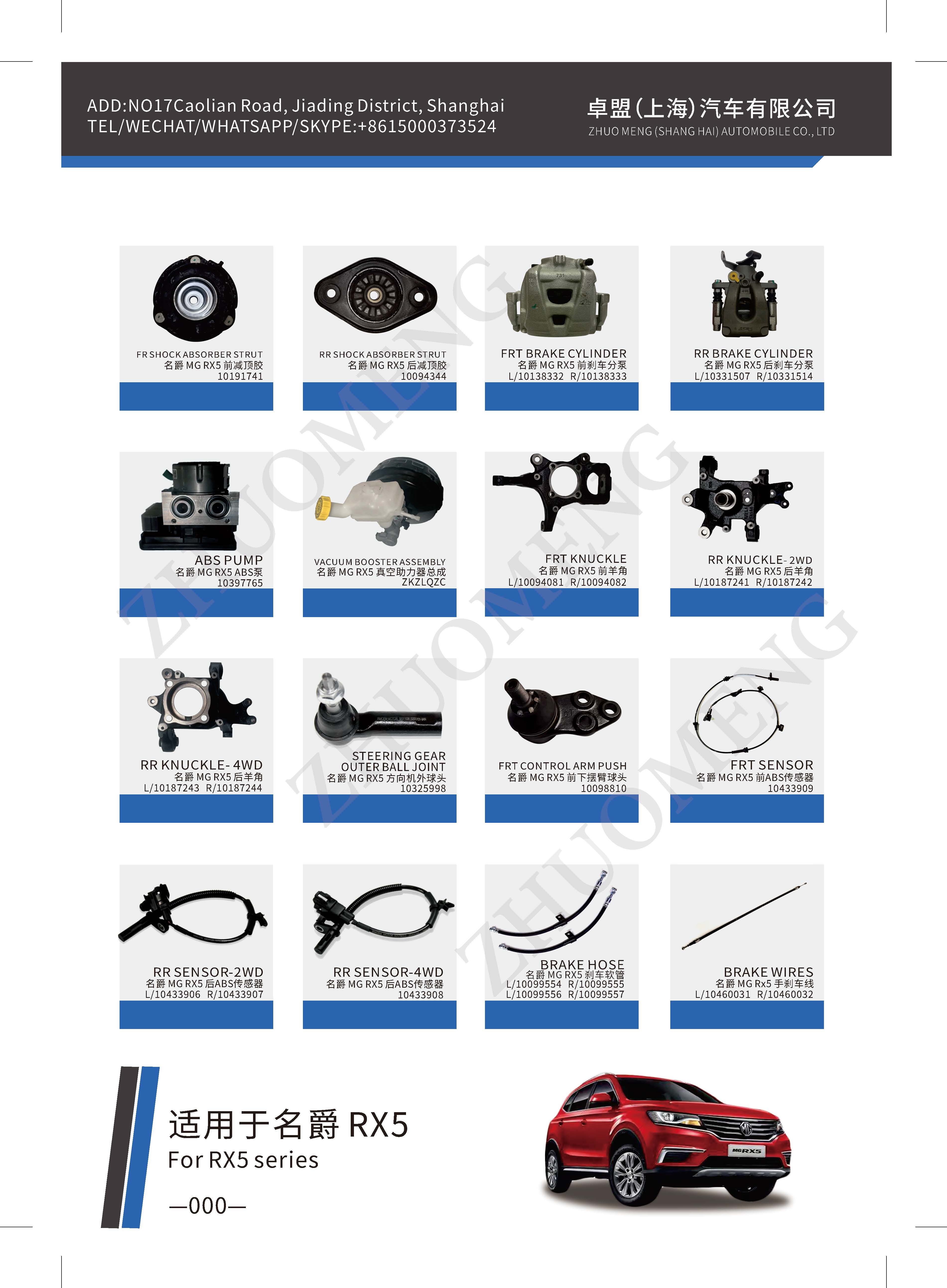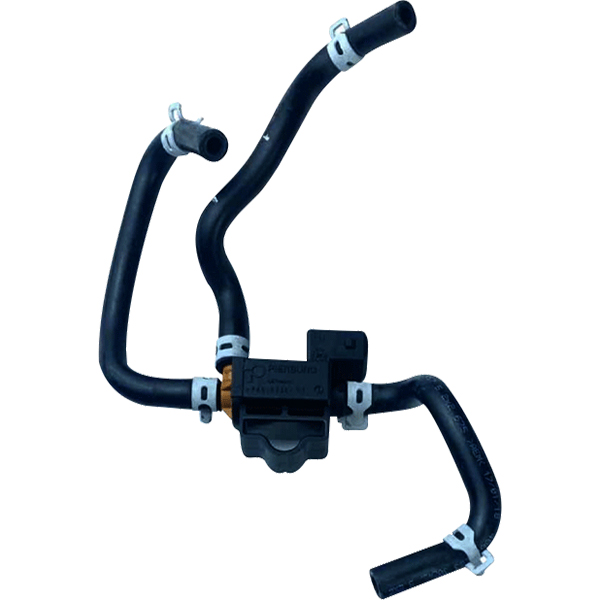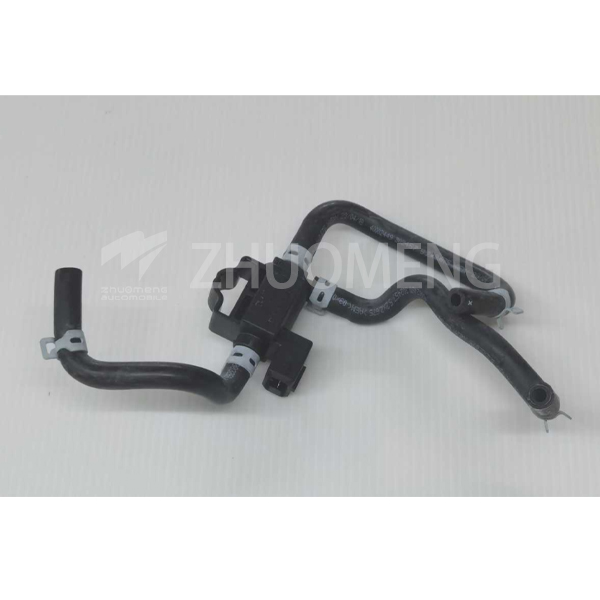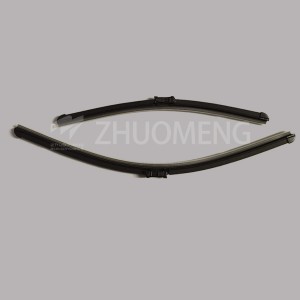Turbocharged solenoid valve function
The role of the turbocharged solenoid valve is to overcome the spring pressure, exhaust gas flow separation. In turbocharger systems with exhaust bypass valves, the solenoid valve controls the opening time of atmospheric pressure according to the instructions of the engine control unit ECU. The control pressure acting on the pressure tank is generated according to the boost pressure and atmospheric pressure.
The rubber hose is respectively connected with the outlet of the supercharger compressor, the booster pressure regulating unit and the low pressure intake pipe (compressor inlet). The engine control unit supplies power to the solenoid N75 in the working cycle to adjust the boost pressure by changing the pressure on the diaphragm valve of the boost pressure regulating unit.
At low speed, the connected end of the solenoid valve and the B end of the pressure limit, so that the pressure regulating device automatically adjust the pressure; At acceleration or high load, the solenoid valve is powered by the engine control unit in the form of duty cycle, and the low-voltage end is connected to the other two ends.
Therefore, the pressure drop of pressure reduces the opening degree of the diaphragm valve and exhaust bypass valve of the booster pressure adjustment unit, and improves the booster pressure. The greater the booster pressure, the larger the duty ratio will be
